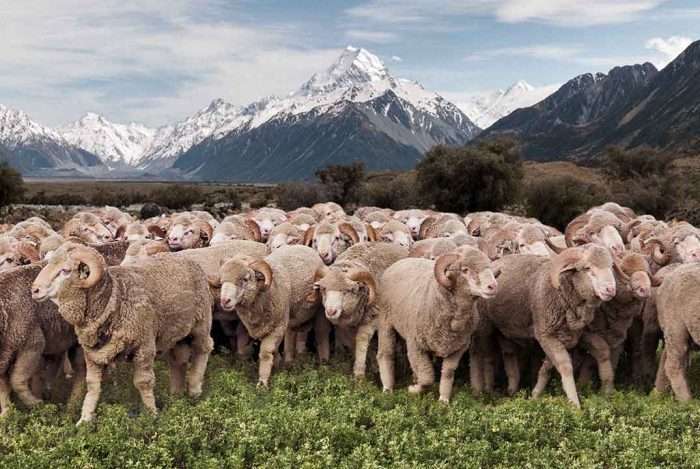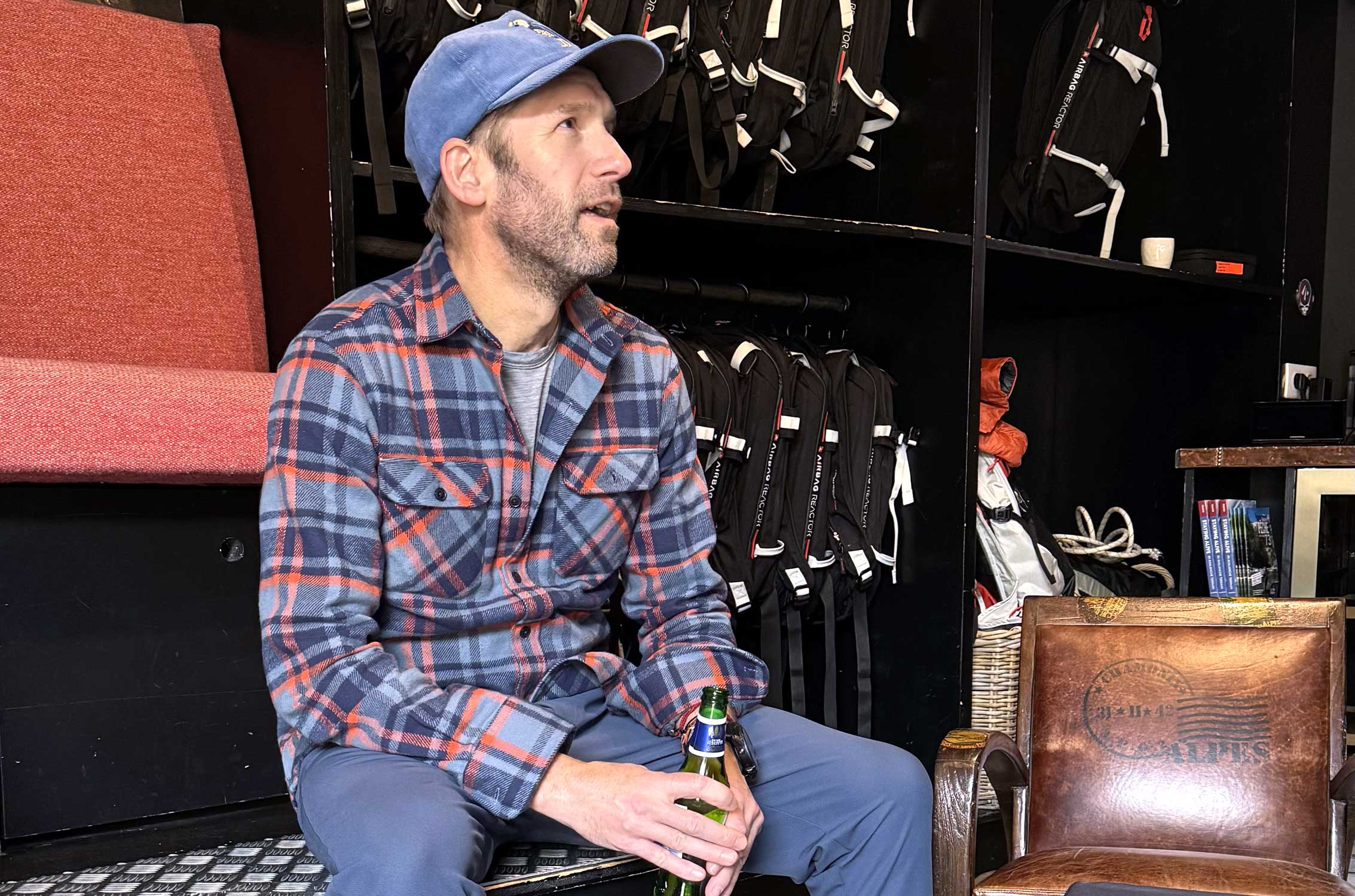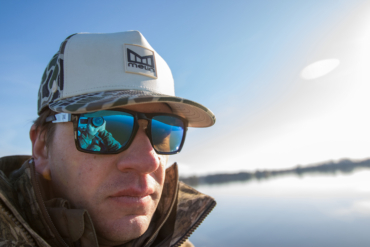From sheep farms to ‘shirts of the future,’ an expert at Icebreaker sounds off about what’s ahead for wool.

Based in New Zealand, Icebreaker is a top supplier of performance-wool products and an originator in the modern merino era. We talked with the brand about trends, recent developments, and the future of wool in the outdoors and beyond.
Interview: Icebreaker’s Mark Koppes
A 30-year vet of the sportswear and outdoor-apparel industries, Mark Koppes is the VP of product at Icebreaker.
GearJunkie: What advancements are you seeing in wool for 2017?
Mark Koppes: The bigger advancements are answering “what can you combine wool with.” From spinning where you wrap other fibers around a wool core, to using wool as insulation. Wool made for summer use is also a change. We’re seeing more adoption of merino when it’s warm.
What is the current state of the merino-wool industry?
Business is healthy, but there are fewer new players than a couple years ago. We’ve seen some bigger brands try merino, and they found it’s not the easiest material to work with. Also, the supply chain is tight. A few big brands are not as invested in it as they were, but the boutique brands will continue.
Has merino wool become a mainstream material in the outdoors and beyond?
It is a lot more understood than ever before. We ask customers if merino is top of mind, and it’s definitely more a part of the conversation now. Merino has made wool friendly again. But it’s a slow growth.
What will 2017 bring to the industry?
The specialists, like Icebreaker, will do more with wool manufacturing processes and design, including more diverse uses next year. Demand continues to grow, and with it there are South American and Australian sheep now to keep up with supply [not only New Zealand sheep]. The Sheep Growers Council of the U.S. has noted some of its members are looking to add merino to their flock.
Merino is among the most expensive materials for outdoors apparel. Will prices ever fall?
If more merino is generated around the world prices will come down some day. But there is high demand, and as long as demand stays where it is, prices may not fall anytime soon. At Icebreaker we try and stabilize our costs for the raw material. We do three-year contracts with merino stations and providers to try and keep pricing stable.
Why is it so difficult to mimic merino’s properties in a synthetic?
We don’t know all the reasons. We don’t know why merino works like it does. For example, it’s hard to know why it’s antimicrobial, or why it just feels good to some people on the skin. For one thing, it is difficult to create the micro “scales” on synthetic fibers that merino has; that kind of texture is hard to do at that micron level. Then there is the nature of merino and it being keratin [a fibrous structural protein], as it’s natural, biodegradable, and just seems to jive with the body.
Will a synthetic alternative to merino be produced some day?
Maybe. But would consumers want it? A big selling point we see, something people buy because of, is wool’s platform as a natural fiber. An analogy I cite is in the world of food, where the “farm to table” trend is huge. In many ways, fashion follows food, so we’re seeing that same kind of consumer demand of knowing the source and buying more natural.
What merino limitations are overcome by blending with synthetics?
In lighter-weight merino, it is strength and durability. When you’re down to 150-gram weight per square meter, it’s not super durable. You need a nylon core in middle to increase strength. Also, synthetic helps with dry time once a wool shirt is wet, though it does not make a huge difference we have found.
What is the holy grail in outdoor apparel or base layers? Will there ever be a “perfect shirt”?
I joke, but have you seen the shirt they wear on “Star Trek”? They never change their shirt! It must be a perfect shirt, usable across all activities and temperatures. But seriously, the “perfect shirt” question is something I have thought about. It’s complicated as it’s a pretty subjective question. There are a ton of factors. To me, the perfect shirt would be one that I would not even know it was on, it could be worn everywhere, and it’d look good in any situation.
This article is sponsored by Icebreaker. Check out the brand’s line of merino wool products here.







